
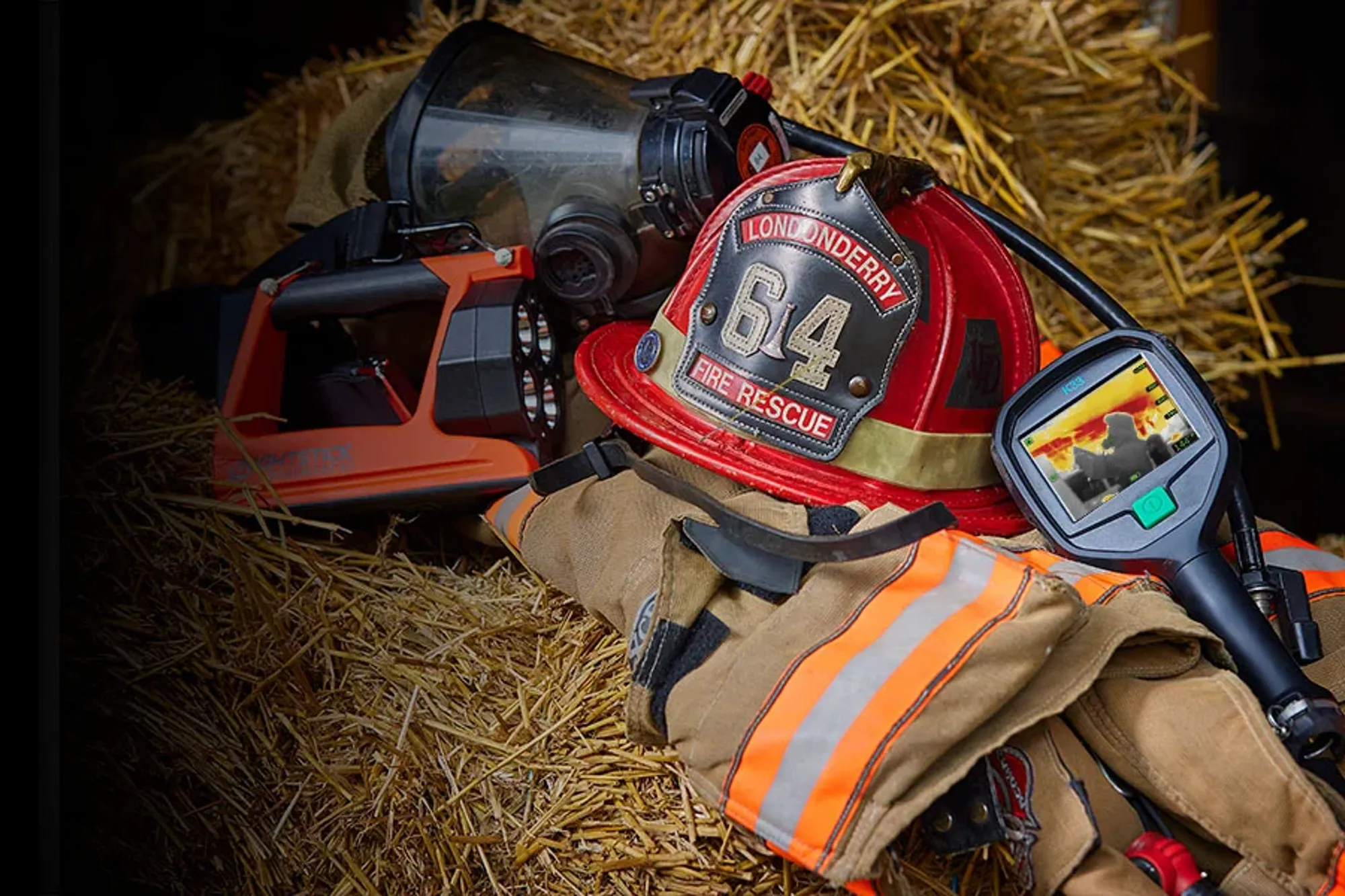
Handheld Thermal Imaging Cameras for Firefighting
See Through Smoke From Every Angle
In the heat of the battle, a thermal imaging camera (TIC) is indispensable. These vital tools help you see through smoke and monitor the fire's spread, so you can quickly visualize your plan of attack, locate hot spots, and save lives. This is about more than seeing through a smoke-filled room: viewing the entire scene helps incident commanders make better decisions when directing resources.
Flir’s expanded lineup of TICs gives you the most comprehensive view of the scene—from inside, outside, and above the fire.
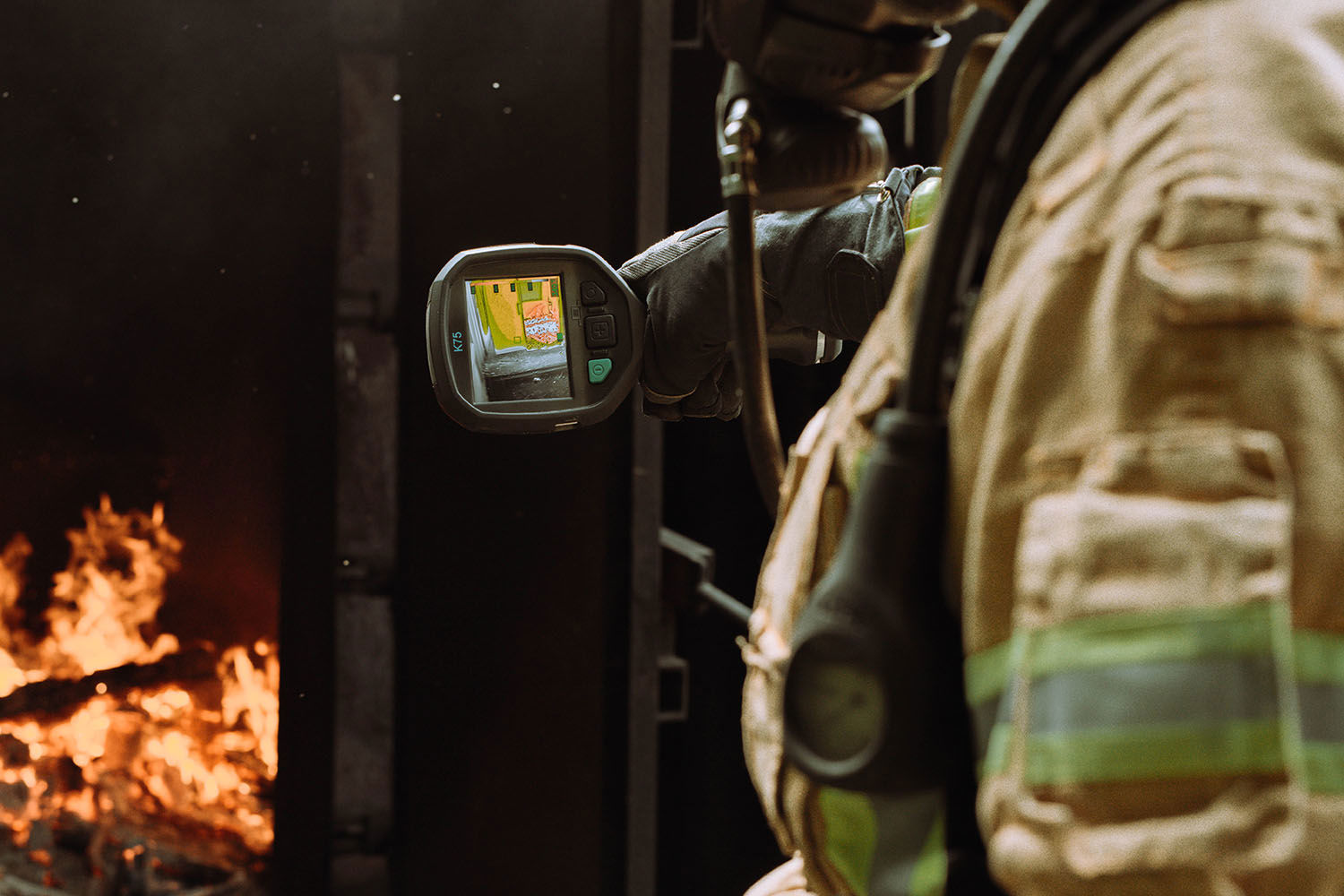
Supporting Every Step of the Mission
Thoughtfully designed and innovatively advanced, the new Flir K75 and K85 TICs do more than allow fire crews to safely, effectively monitor a fire's spread. They connect seamlessly to the new Flir Responder App so you can prepare your camera, transfer images, and bridge the gap between the classroom and "live burn" training through wireless live streaming.
Key Benefits of Flir TICs
For over ten years, Flir has been designing and building TICs firefighters can rely on for their durability and usability, with features that withstand demanding operating conditions.
Enables firefighters to see through dense smoke.
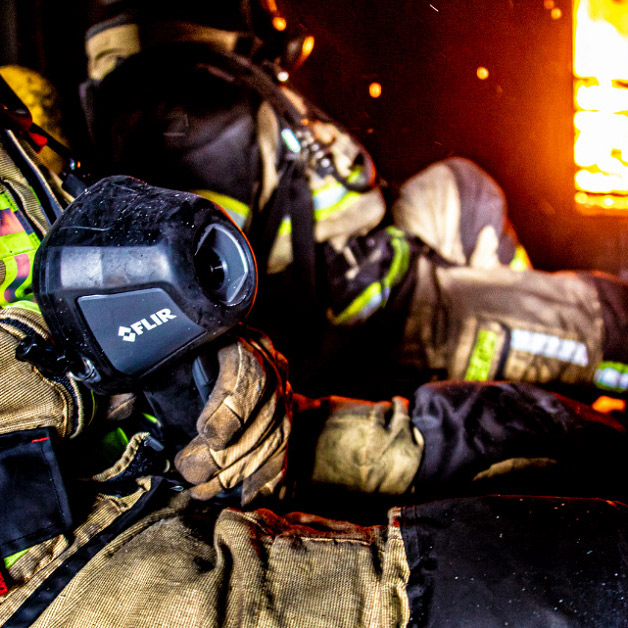
Flir FSX® image enhancement allows you to see structural and textural details for improved awareness.
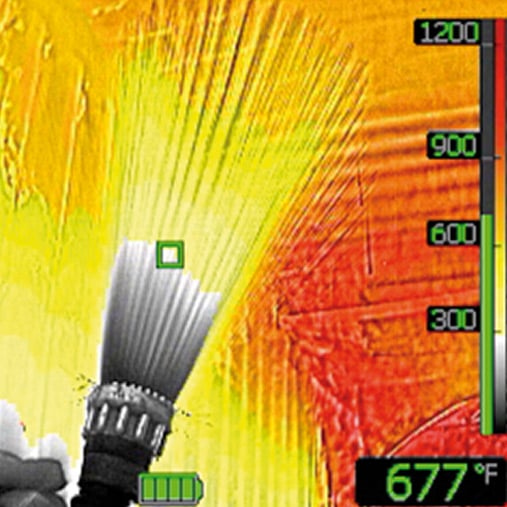
Built to endure extreme conditions, including high heat and heavy water spray.
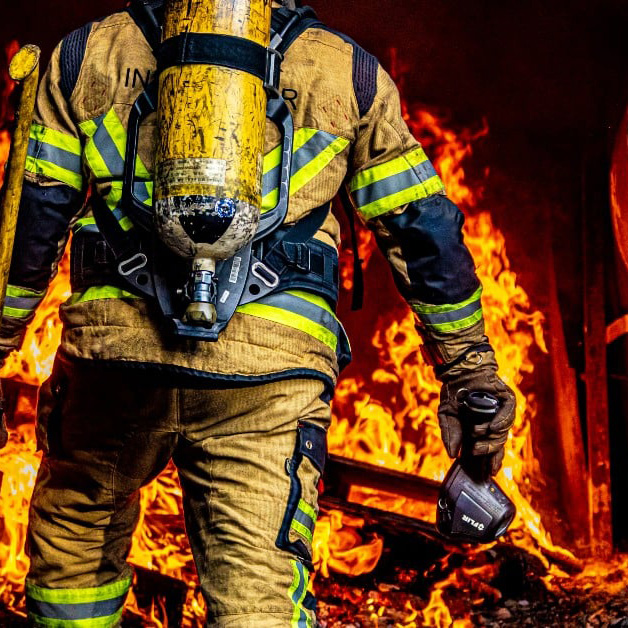
Easy-grip, with large buttons for quick handling.
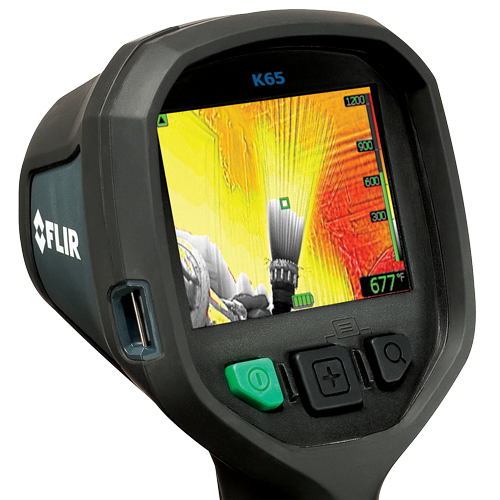

Quote Carousel
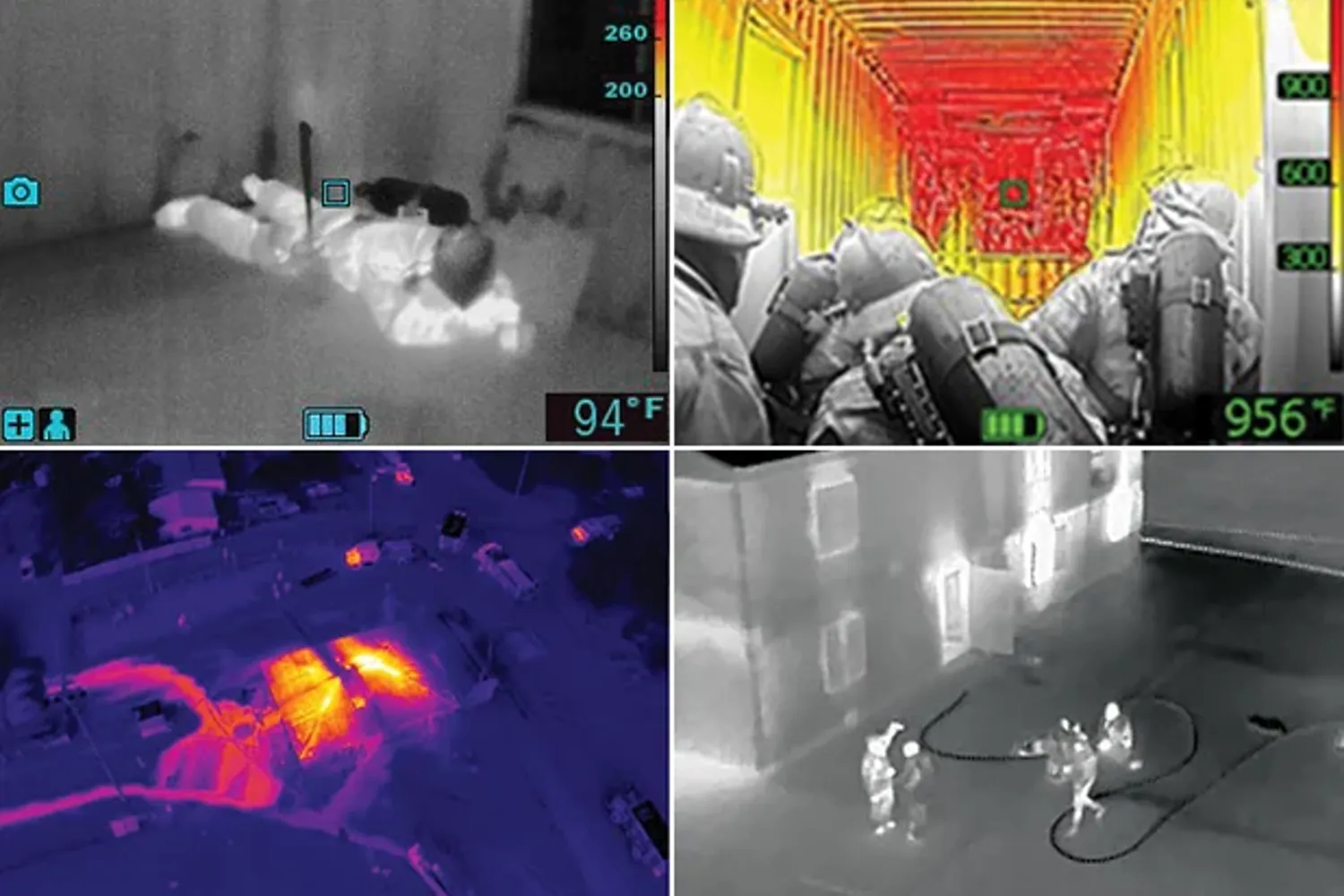
Go Above and Beyond
Get a Clear View
It's all too easy for firefighters to lose their way, or each other when surrounded by billowing black smoke. Flir’s handheld TICs help clear the way and can even enhance the view with ultra-sharp detail for easier orientation.
Gain a New Vantage Point
A Flir TIC mounted on a small drone provides high-angle views of rooftops, upper stories, and tall structures. Drone-mounted cameras are also vital to search and rescue efforts.
Invest in Reliability
Flir designed our line of TICs to withstand the toughest firefighting conditions, whether it’s a two-meter drop, heavy water spray, or blazing hot temperatures.







